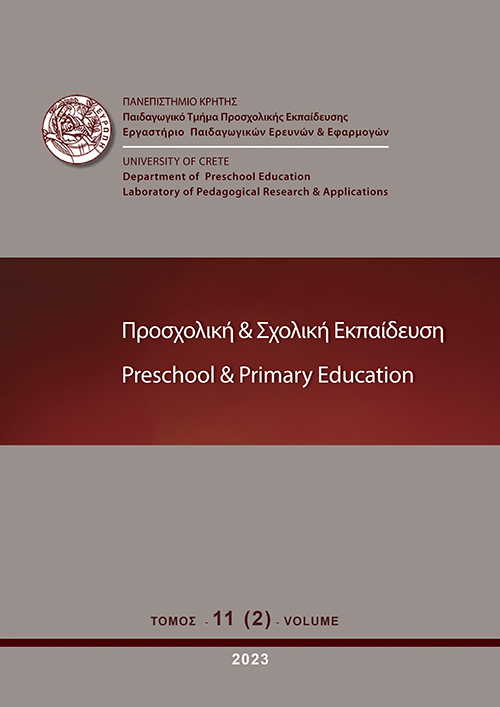Fathers of children with cerebral palsy and family functioning

Abstract
This study explores the family functioning of fathers raising a child with cerebral palsy (CP) in Greece and in Italy. In particular, it examines how fathers conceptualise the condition of CP and their role as father, the main family characteristics, and the basic parameters of their family functioning (cohesion, adaptability, and their family type). A total of 60 fathers of children with CP took part in the study (30 Greek and 30 Italian fathers), aged 28-59 years. A Socio-demographic Data Questionnaire, the Family Adaptability and Cohesion Evaluation Scale and a semi-structured interview were used to collect data. Results showed that fathers in both countries had a variety of conceptions, the prevailing one being that the condition of CP is principally a medical problem that affects the whole family. Fathers reported similar experiences regarding family functioning and revealed a variety of positive and negative family characteristics. The existence of a child with CP in a family was reported primarily as a full and ongoing engagement. Fathers perceived the real and ideal functioning of their families as balanced, which, according to the revised version of the Olson Circumplex Model represents healthy family functioning. Findings suggest that fathers’ different notions about CP and divergent views on family functioning are assessed as functional, and they constitute a protective factor for the whole family system.
Article Details
- How to Cite
-
Tsibidaki, A. (2023). Fathers of children with cerebral palsy and family functioning. Preschool and Primary Education, 11(2), 238–261. https://doi.org/10.12681/ppej.31682
- Section
- Articles

This work is licensed under a Creative Commons Attribution-NonCommercial-ShareAlike 4.0 International License.
Authors who publish with this journal agree to the following terms:
- Authors retain copyright and grant the journal right of first publication with the work simultaneously licensed under a Creative Commons Attribution Non-Commercial License that allows others to share the work with an acknowledgement of the work's authorship and initial publication in this journal.
- Authors are able to enter into separate, additional contractual arrangements for the non-exclusive distribution of the journal's published version of the work (e.g. post it to an institutional repository or publish it in a book), with an acknowledgement of its initial publication in this journal.
- Authors are permitted and encouraged to post their work online (preferably in institutional repositories or on their website) prior to and during the submission process, as it can lead to productive exchanges, as well as earlier and greater citation of published work (See The Effect of Open Access).


